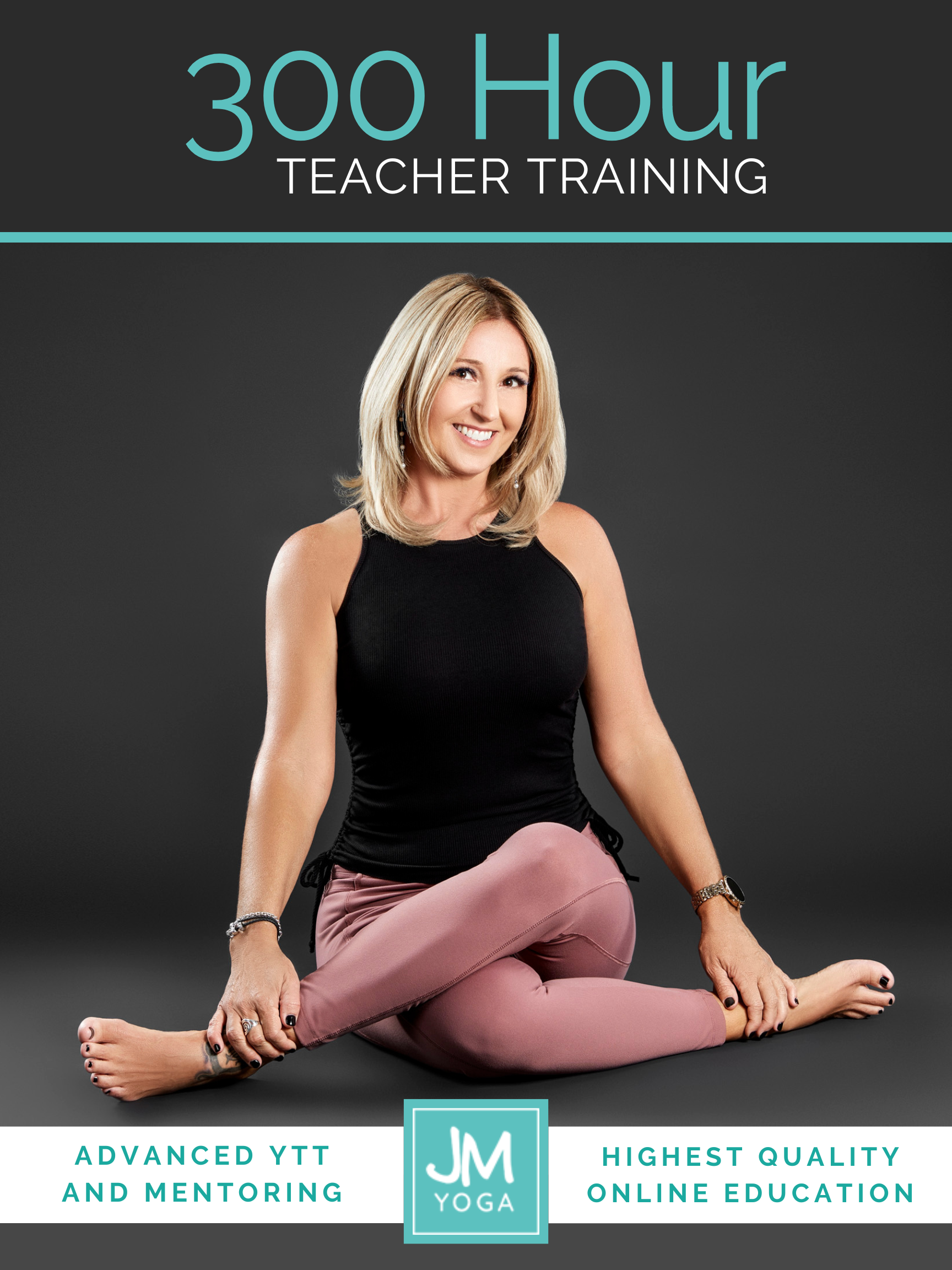Slow Breathing: Samavriti and Visamavriti Pranayama for Reducing Stress
In our first podcast episode under the new format, we review the paper Slow breathing for reducing stress: The effect of extending exhale, published May 2023 in the Complementary Therapies in Medicine Journal. Our main focus was the methods section. Here are some basics we covered:
- Randomization and blinding challenges in yoga research
- Slow breathing inclusion/exclusion parameters in this particular study
- Participant eligibility and exclusionary screening
- Outcome measures
- Heart Rate Variability (HRV) using an electrocardiogram ECG, measures electrical activity of the heart
- PROMIS Anxiety Score, a self-reported measurement
- Effect size versus p-value and what they mean
- How the research team developed the intervention – one source was this book: Heart of Yoga by TKV Desikachar
- Conclusions yoga teachers might make about this study
Understanding the Study
The study set out to determine whether extending the exhale during breathing exercises could have a greater impact on reducing stress compared to an equal inhale-exhale ratio. The researchers hypothesized that a longer exhale would amplify stress reduction and anxiety relief.
The study involved 100 participants, aged 30 to 60, who were divided into two groups. One group practiced breathing with equal inhales and exhales, while the other practiced with a longer exhale. Before diving into these specific practices, all participants spent two weeks engaging in slow breathing with no specified inhale-exhale ratio, simply aiming for less than 10 breaths per minute.
Key Findings and Methodological Insights
Interestingly, the study found that both groups, those practicing equal inhales and exhales and those with extended exhales, experienced reduced anxiety. However, the anticipated significant advantage of the longer exhale did not materialize. This was a surprise to us, who favor and often teach the extended exhale technique.
Ariana expressed her initial disappointment, as she strongly believed in the benefits of a longer exhale. I added that this aligns with previous research showing that even breathing can be effective, especially for those without extensive training in pranayama (breath control).
The Study Details
The study’s structure and methodology were carefully designed, though not without limitations. It was a single-blind study, meaning participants knew the breathing technique they were practicing but were unaware of the study’s specifics or the other group’s practice. However, there was some debate about the effectiveness of this blinding since participants were likely aware of whether their breathing was equal or not.
I pointed out that one of the challenges in such studies is that it’s nearly impossible to completely blind participants in an exercise or yoga intervention. People know when they are performing yoga or breathwork, which could influence their responses and outcomes. Despite this, the study attempted to control variables as much as possible.
Another point we discussed was the inclusion criteria for participants. Those with advanced slow breathing practices (capable of less than three breaths per minute) were excluded, as were individuals with heart disease, diabetes, or mental health conditions like anxiety or depression. This ensured that the participants were relatively average adults without extreme tendencies in breath control or relaxation.
Measuring Outcomes
The study used heart rate variability (HRV) and self-reported anxiety scores to measure outcomes. Notably, the researchers employed an effect size measure, Cohen’s D, instead of the more commonly used p-value. This statistical approach provided a clearer comparison between the two groups, indicating the strength of the difference in outcomes.
Despite the rigorous methodology, the results showed only a minimal difference between the two groups. The extended exhale did not significantly outperform the equal inhale-exhale practice in reducing anxiety, which was unexpected for the researchers and our podcast hosts.
Final Thoughts
This study sheds light on the complexities of research in yoga and breathwork. While the extended exhale is often touted for its stress-relieving benefits, this research suggests that even breathing can be just as effective for reducing anxiety, especially for those new to breath control practices.
I emphasized that this outcome does not diminish the value of the extended exhale. Instead, it highlights the importance of understanding individual responses to different breathing techniques and the need for further research in this area.
For yoga teachers and practitioners, this study is a reminder to approach breathwork with an open mind and to consider the diverse needs and experiences of students. While the extended exhale may work wonders for some, others might find equal breathing just as beneficial. The key takeaway? Both techniques have their place in a well-rounded yoga practice.
Extend Your Learning: Advanced Yoga Teacher Training with Jules Mitchell
This program is ideal if you have an interest in biomechanics, principles of exercise science, applications of pain science, neurophysiology, and stretching. These themes are combined with somatics, motor control theory, pose analysis and purpose, use of props for specific adaptations, pathology, restorative yoga, and intentional sequencing.
You will learn to read original research papers and analyze them for both their strengths and their biases. Critical thinking and intellectual discourse are central components in this training, which was designed to help teachers like you navigate through contradictory perspectives and empower you with education. Learn more >

